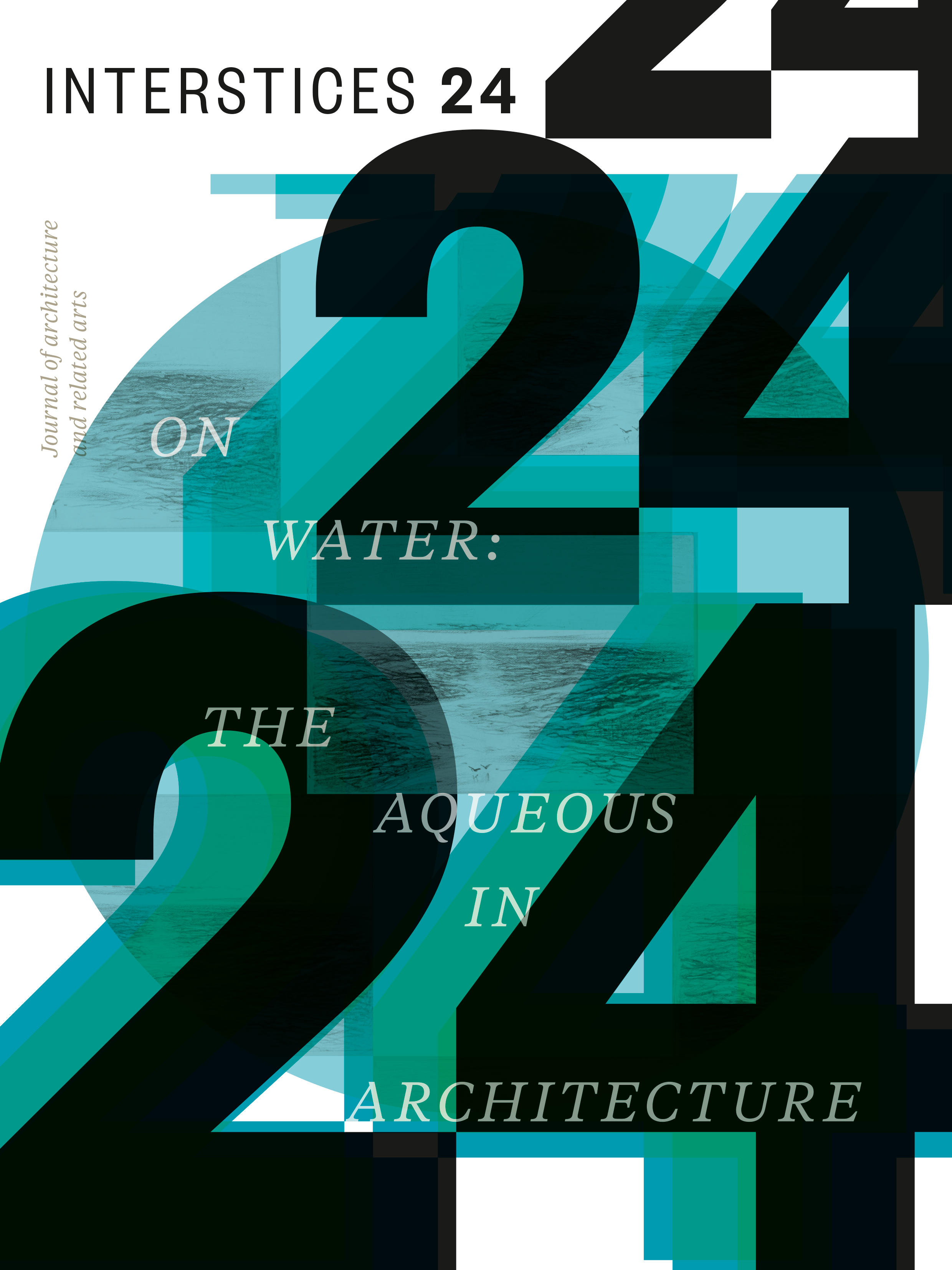Sympoietic shores: An interscalar architecture for Sri Lanka’s coastal futures
Abstract
Coastlines, as vital cultural and ecological interfaces, were often at the forefront of colonial extraction. In Sri Lanka, coral lime extracted to construct colonial architecture played a devastating role in the demise of the country’s coral reef, leading to myriad ripple effects impacting millions of locals. This research explores the entanglements between architecture, coastal ecosystems, and community resilience, using Hikkaduwa as a case study. This town, known for its marine sanctuary and booming tourism, exemplifies the complex multispecies interactions that demand a shift from extractive to regenerative practices.
Representation is a critical tool in this research, used to communicate the layered histories and future possibilities of Sri Lanka’s coastlines. Inspired by Anna Tsing’s Feral Atlas, the project is anchored by a 12-foot by 8-foot mural which acts as a visual narrative. Collapsing time and space to reveal the intertwined stories of culture, capital, and colonial legacies, they are read through eight ‘interscalar objects’ as conceived by Gabrielle Hecht. These objects, nested within the graphic, coalesce in architectural interventions centred around a sympoietic liberatory future.


